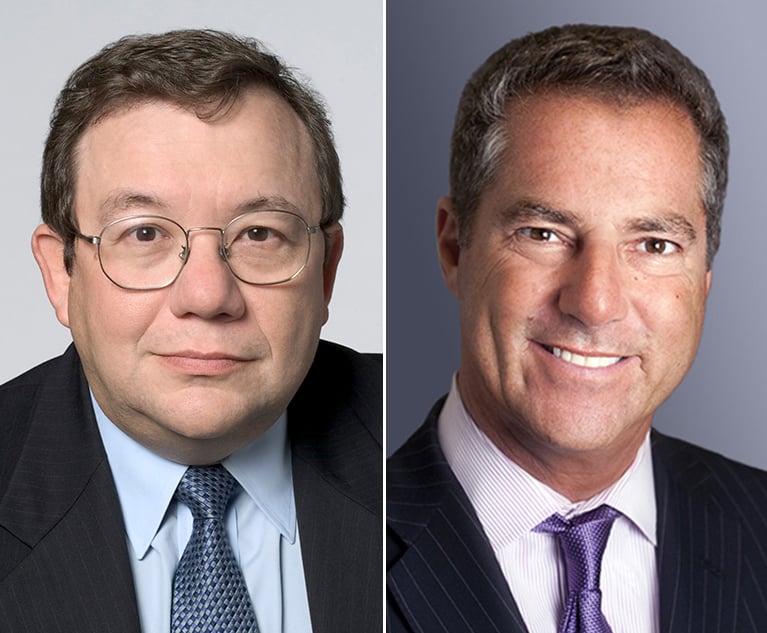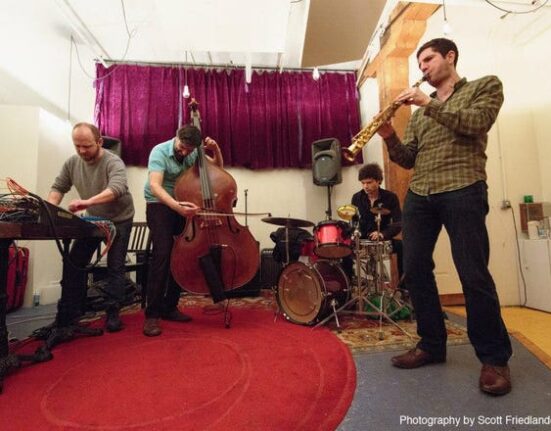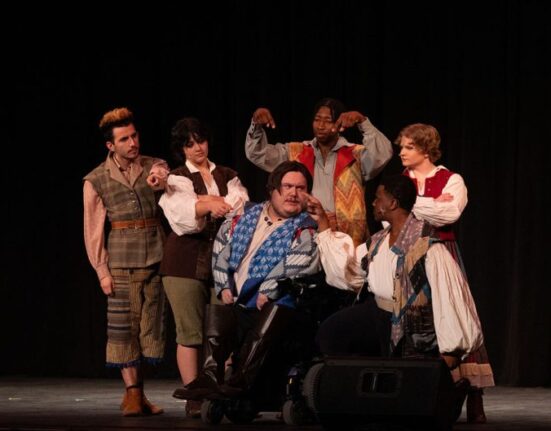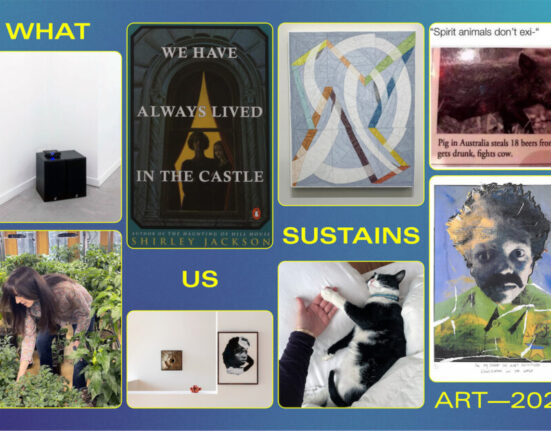In Kerson v. Vermont Law School, 79 F.4th 257 (2d Cir. 2023), the U.S. Court of Appeals for the Second Circuit considered whether the permanent concealment of controversial murals violated the mural creator’s rights under the Visual Artists Rights Act of 1990 (VARA) to prevent the intentional modification of his work.
In a unanimous opinion authored by Chief Judge Debra Ann Livingston and joined by Circuit Judge Jose A. Cabranes and Judge Rachel P. Kovner of the District Court for the Eastern District of New York (sitting by designation), the court determined that the murals could be permanently concealed because it did not constitute modifying or destroying the murals under VARA.
The court’s decision potentially paves the way for those in possession of controversial or disliked art to permanently conceal the art without violating the artists’ rights under VARA.
The Visual Artist Rights Act of 1990
VARA, 17 U.S.C. § 106A, 113(d), was enacted as an amendment to the U.S. Copyright Act to provide creators of visual art with waivable, but non-transferable “moral rights” with respect to their artwork. These rights include the right of attribution and the right of integrity.
Subject to several exceptions, VARA authorizes an artist “to prevent any intentional distortion, mutilation, or other modification of [his or her work] which would be prejudicial to his or her honor or reputation,” and provides that “any intentional distortion, mutilation or modification of that work is a violation of that right.” The statute augments this protection for works of “recognized stature”—a term the statute leaves undefined—by authorizing the artist to prevent “any intentional or grossly negligent destruction” of such works.
Background
In 1993, visual artist Samuel Kerson painted certain murals that commemorate Vermont’s role in the Underground Railroad. The murals depict scenes from the history of slavery and the contributions of Vermont’s citizens to the abolitionist cause.
Starting in 2001, the Kerson’s murals began to attract criticism for their “cartoonish” deception of enslaved African people. In the summer of 2020, during the swell of nationwide protests against systemic racism, alumni and members of the Vermont Law School community petitioned the administration to remove the murals.
After determining that the murals could not be moved without destroying them, an act that would likely implicate VARA’s core protections, the school decided to permanently conceal them by installing solid acoustic panels in front of the works.
In response, Kerson sought a preliminary injunction in the U.S. District Court for the District of Vermont on the grounds that the law school’s conduct threatened to modify or destroy his murals in violation of his rights under VARA.
The District Court’s Ruling
The District Court for the District of Vermont denied Kerson’s plea for injunctive relief and later granted summary judgment in favor of the Law School. After consulting the conventional meanings of “modification” and “destruction,” the district court concluded that the permanent concealment of the murals did not fall within the meaning of those terms. The district court explained that “modification” typically means “incremental change to the object at issue,” and “destruction” generally entails “bring[ing] an end to something through force or violence.”
The court determined that concealment alone does not constitute modification or destruction.
The Second Circuit’s Decision
Kerson appealed the district court’s grant of summary judgment to the Law School, arguing that the district court too narrowly construed the protections of VARA. Among other challenges to the lower court’s decision, Kerson argued that permanently concealing an immovable work not only modifies it, but also destroys it for all intents and purposes.
The panel unanimously affirmed the district court’s ruling that Vermont Law School “neither modified nor destroyed” Kerson’s murals when it permanently covered them.
Like the district court, the Second Circuit found that the law school’s conduct did not modify the murals within the meaning of VARA because it did not “otherwise alter the work.” Because the panels covering Kerson’s work did not physically touch the murals, the court likened the law school’s actions to moving the murals into storage, an act that normally does not physically alter a work nor render it unrepairable.
The court next rejected Kerson’s contention that an artist’s right to prevent intentional modifications “which would be prejudicial to his or her honor reputation” extends to changes in how the artwork is presented, not only physical changes to the artwork itself. It held that Kerson’s “capacious” definition of “modification” was inconsistent with the text and overall scheme of VARA, which separately exempts negligent modifications that result from a work’s public display, such as lighting and placement decisions.
Conclusion
The decision in Kerson marks another significant contribution by the Second Circuit in recent years to the limited body of case law construing VARA. And the Second Circuit’s determination in Kerson that permanently concealing a work does not implicate VARA’s protections is a significant one.
In the only analogous court of appeals decision on this topic, Massachusetts Museum Of Contemporary Art Foundation v. Buchel, 593 F.3d 38, 61 (1st Cir. 2010), the First Circuit ruled that a museum’s “mere covering of an artwork . . . cannot reasonably be deemed an intentional act of distortion or modification.” There, however, the artist’s work was only partially covered and remained largely visible to museum visitors. Thus, the court had no reason to consider whether its holding would apply to intentional conduct that renders a work permanently hidden.
The Kerson decision may have greater implications for the ongoing nationwide debates surrounding public art. The decision could embolden public and private property owners to conceal controversial or disliked art without the consent of the artist, heightening debates over the rights of artists, freedom of expression, and the public’s role in shaping its collective visual landscape.
Martin Flumenbaum and Brad S. Karp are litigation partners at Paul, Weiss, Rifkind, Wharton & Garrison, specializing in complex commercial and white-collar defense litigation. Karp is the chairman of Paul, Weiss. Alexander Beer, a litigation associate at the firm, assisted in the preparation of this column.







